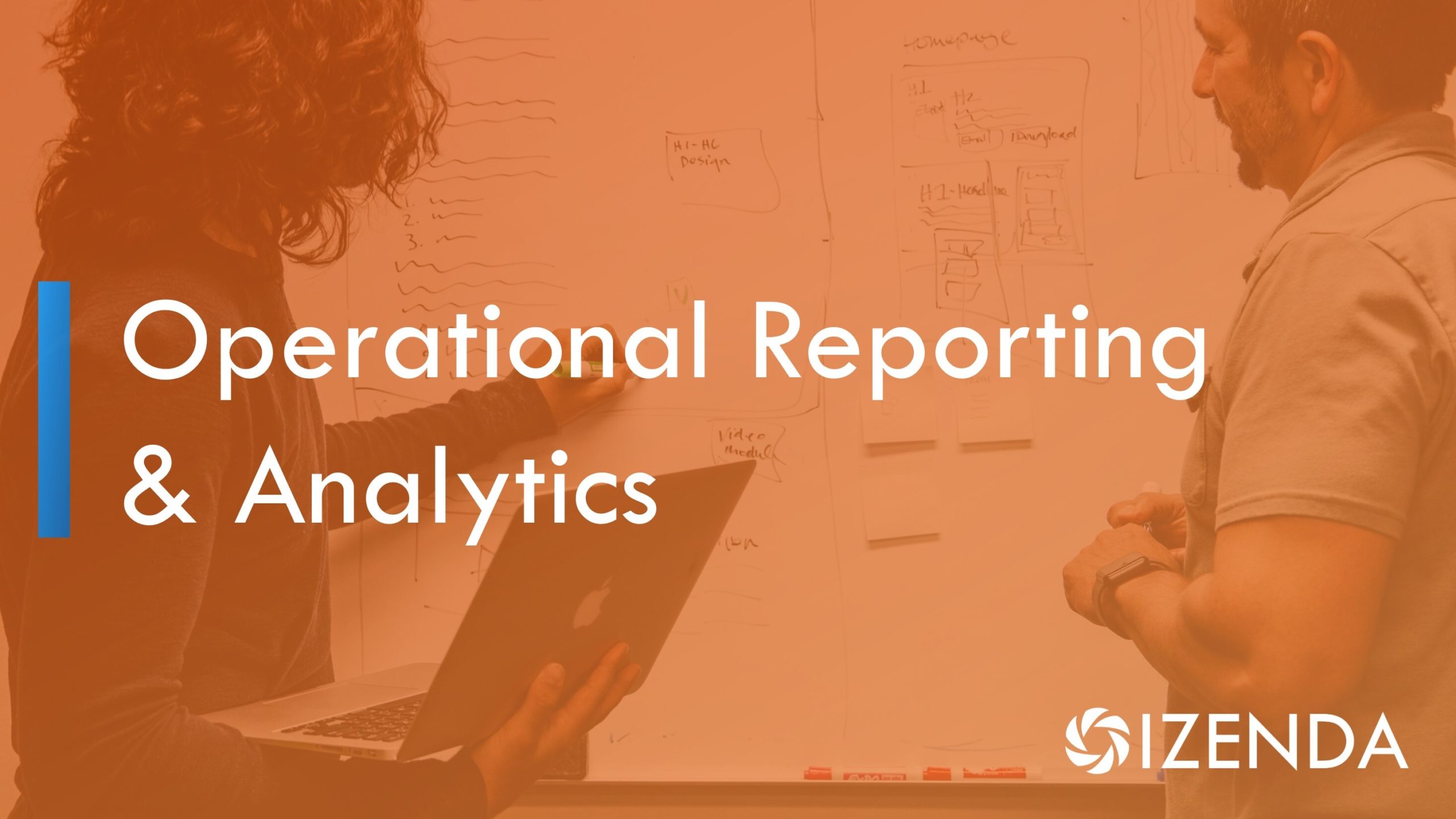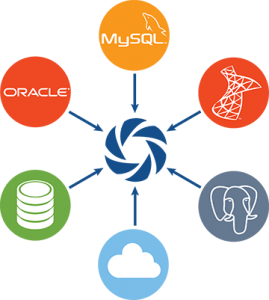



Because of this, reports have a lot of value within an application. From scheduled operational reports to ad hoc reports for visual data discovery, you can use a report feature in many ways within your product. Read More
 The explosion of structured and unstructured data began long before IoT made an appearance. This increase in the volume of data stored in relational database management systems, as well as NoSQL databases, has made access to it increasingly important. Users expect the ability to create
The explosion of structured and unstructured data began long before IoT made an appearance. This increase in the volume of data stored in relational database management systems, as well as NoSQL databases, has made access to it increasingly important. Users expect the ability to create As seen on TDWI.org
Although storage prices are dropping, you must still consider how your customized data set will work for self-service or ad hoc reporting, especially in a real-time environment.
Modern DBMS systems were designed in an era where someone was in charge of all data structures. A DBA, or sometimes a small committee of them, dictated what could be stored and how it should be structured.
At the time, data storage was unbelievably expensive by today’s standards. Imagine oil being $10,000 a barrel, and consider how carefully it might be controlled and utilized. In a world where billion-dollar companies could not even store as much data as you have on your cell phone, relational data structures represented efficient ways to store various types of data such as strings, dates and numbers in a structured way that enabled quick look-up through indexing.
Izenda’s Report Designer was built with the business power user in mind. Reports and Dashboards can be built in a matter of minutes, compared to the added complexity of the heavier desktop components that require you to precisely lay out every aspect of the report and publish it to the web.
(This is part of a series of posts on the new Izenda Reports 6.4, presently at the Release Candidate stage.)
In version 6.4 we’re adding save controls to the Report Viewer so that modified reports can be saved or turned into new reports directly from the Report Viewer. No more going to the Report Designer just to save report filter selections. Read More